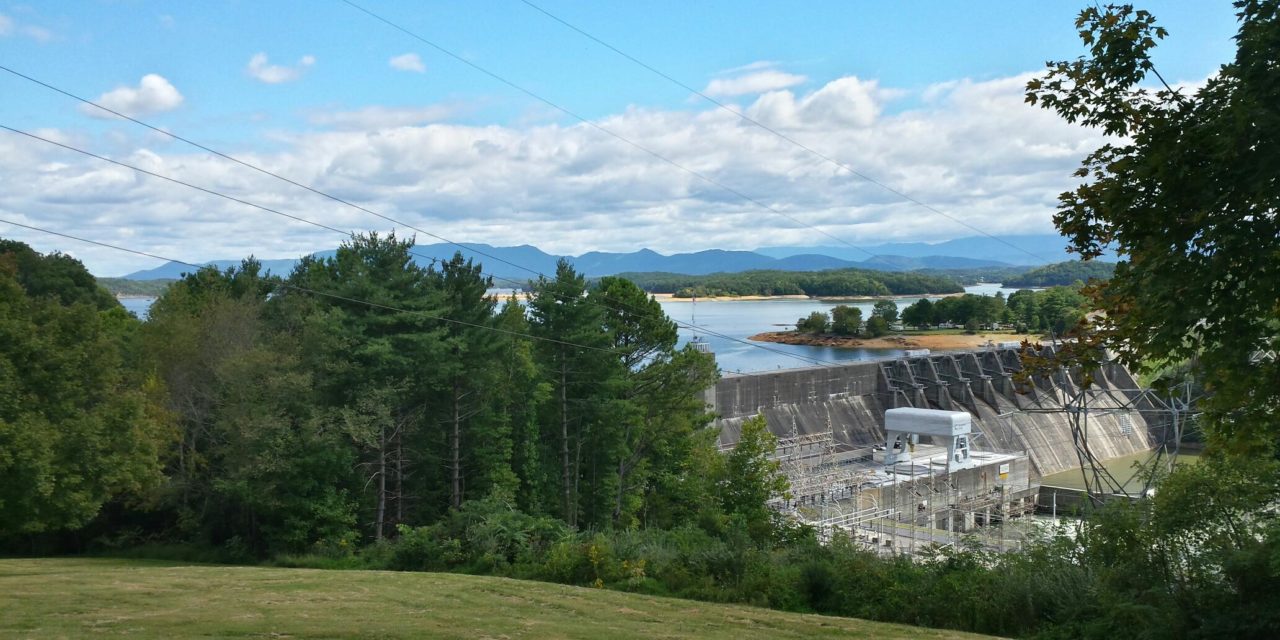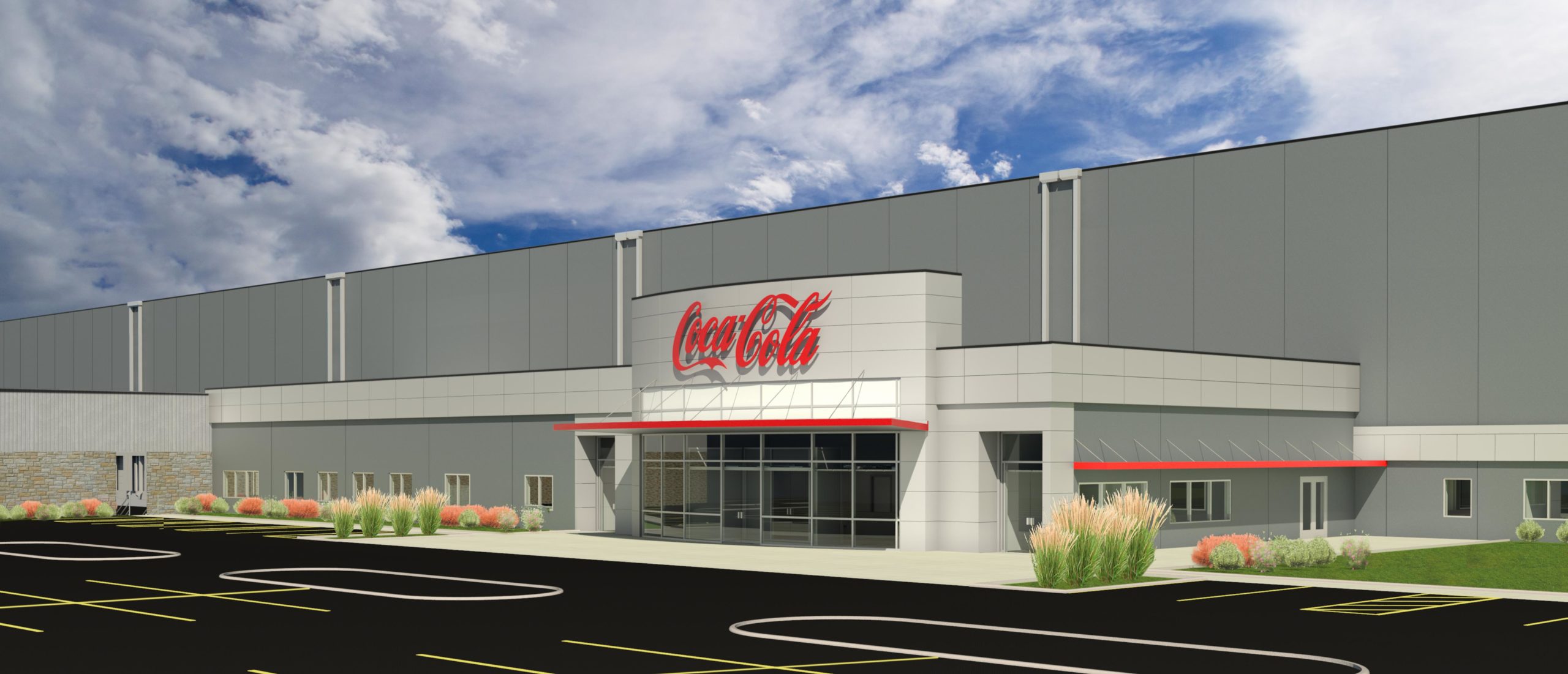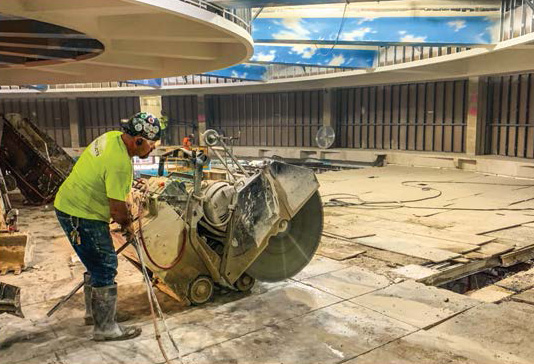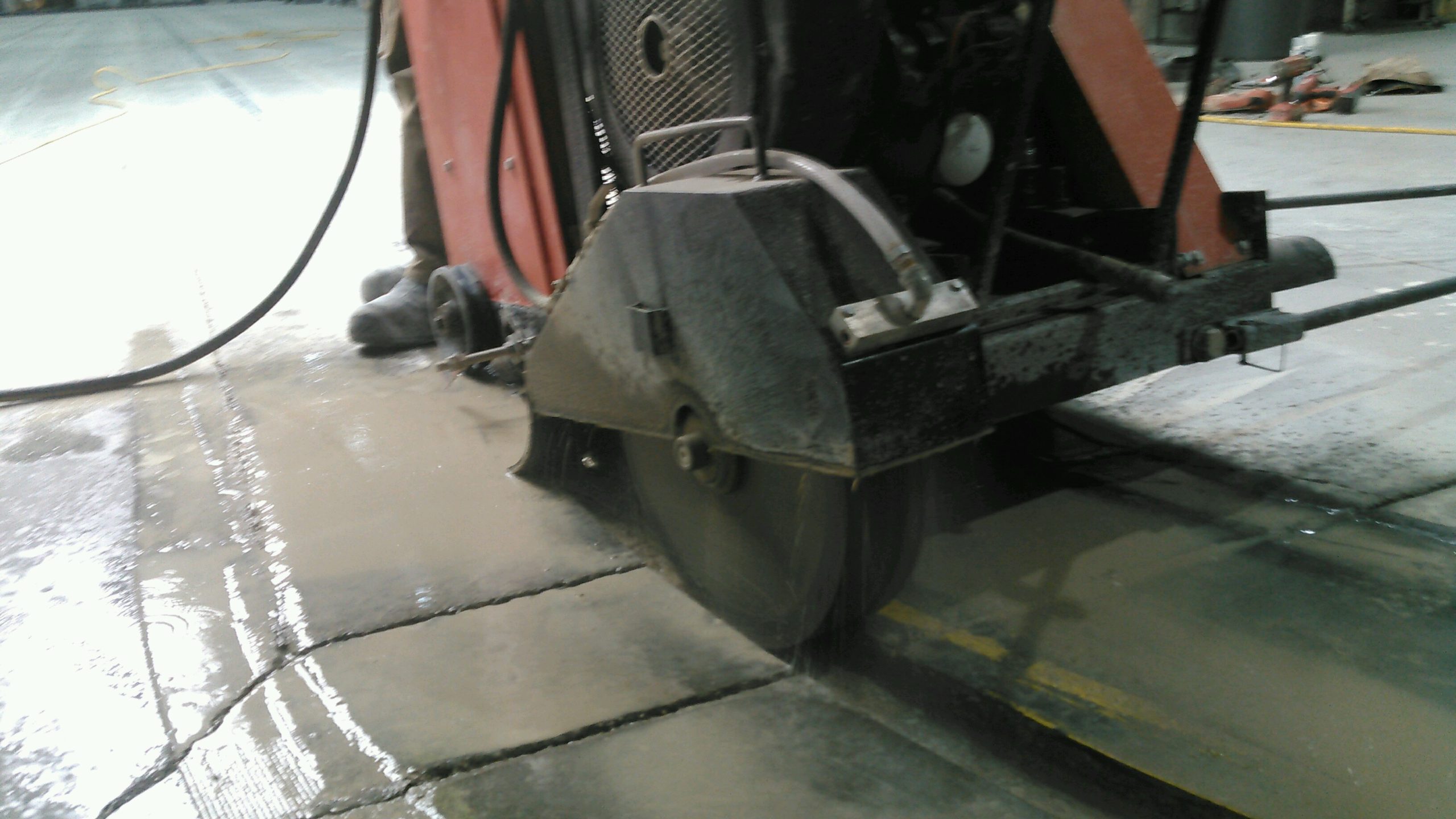
Strong Bond

Concrete Cutters Team Up for Dam Fine Job

A custom wire saw system was used to create 48-inch by 48-inch anchor pockets.
Three CSDA member companies recently combined resources to take on challenging concrete sawing and drilling tasks as part of a $40 million dam strengthening project in Tennessee.
The Cherokee and Douglas Dams had been identified as problematic for the Tennessee Valley Authority (TVA) in its quest for licensing with the Nuclear Regulatory Commission to bring the Watts Bar Unit 2 Nuclear Reactor online in 2015. Issues at the two 70-plus-year-old dams meant they were not up to current standards, so these issues had to be addressed before the new reactor can begin operation. A total of 104 post-tension anchors are being installed to secure each concrete structure to the bedrock below. Eighty-four are being installed at Cherokee and twenty at Douglas.
The anchors, between 150 and 235 feet long, are being placed in 15-inch bores that extend from the top of the dam deep into bedrock in non-spillway areas of the dam. Where spillways are located, anchors will be placed at an angle from the front of the dam. The cables are composed of 54 steel strands, each more than 0.5 inches thick. A 435-foot crane is being used to lower them from the top. Once installed, these anchors will be grouted and tensioned with more than a million pounds of pressure. A separate project will increase the height of Cherokee Dam and three other dams to render them impervious to a Probable Maximum Flood (PMF). The PMF is used in the hydraulic design of project components, for which virtually complete security from flood-induced failure is desired.

The concrete anchor pockets measured 24 inches deep.
Cutting Edge Services Corporation, a CSDA member from Batavia, Ohio, was approached by general contractor, Barnard Construction, to aid with the construction of 52 anchor pockets—32 on the Cherokee Dam and 20 on the Douglas Dam. The dimensions of the pockets were 48 inches by 48 inches and 24 inches deep. The pockets at Cherokee Dam were done first using a diesel slab saw from Diamond Products and a Brokk 180. This turned out to be time consuming and tough to hold tolerances, so Cutting Edge designed a “push” style wire saw that was mounted via a core drill stand. The first step was to drill 8-inch-diameter holes in each corner of the marked cut area, then use the push-type saw to make four tapered vertical cuts. This was followed by the bottom horizontal cut, made using a 9-millimeter wire to fit through the existing cut lines and custom-designed downhole swivel pulleys. Operators completed two or three of these pockets per shift.

Operators cored holes measuring 18 inches in diameter.
Another part of Cutting Edge’s scope of work was to core drill 18 pocket holes 42 inches in diameter on the Cherokee Dam spillway. For this particular task, Cutting Edge enlisted the help of fellow CSDA member Tri-State Concrete Sawing, Inc. of Cincinnati, Ohio. The upper part of the pocket was 49 inches deep while the bottom was only 24 inches, drilled at an approximate 60-degree angle to the spillway. Short cores presented a challenge as this meant regular stops in the drilling work to pull cores, so three 3-inch-diameter holes were drilled at “10:00,” “12:00” and “2:00” clock face angles. Anticipating the creation of multiple short cores, Cutting Edge designed and built custom hydraulic splitters to break the cores and a mini excavator was used to pull the cores out (some of which had to be navigated around the dam’s piping system). Starting such a large bit on an angled surface was also a challenge, so Tri-State designed and built a special drill rig to secure the bit when starting. The rig was portable, which presented large savings in setup time at each drilling location.
In addition to the drilling work, Tri-State was also contracted to perform approximately 20,000 inch feet of concrete wall sawing for the removal of dam flood walls. This work was completed in 12 days and the contractor cut through wall sections measuring between 12 to 18 inches thick with a Pentruder saw.
Next, two 2-inch-diameter core holes were required to run sensor lines on the Cherokee Dam spillway. These holes were made at an approximate 10-degree angle but were over 65 feet long. Despite the depth of the holes, the target locations were only missed by a couple of inches and met the requirements. Each hole took around two days to drill, including a detailed setup period. Even at this stage of the work, a large amount of concrete had been cut and cored. However, this was not the end of the job for Cutting Edge and another CSDA contractor.
Aside from the sawing and drilling work, a task was set to provide a profile for new concrete to bond to on the dam walls and slabs. For this job, Cutting Edge contracted another CSDA member, Cuts, Inc. of Knoxville, Tennessee, to scabble 10,000 square feet of wall and slab surfaces with a Brokk 180. Cuts, Inc. completed the scabbling task, but this was not the contractor’s only involvement in the overall strengthening project. In addition to work done for Cutting Edge, Cuts, Inc. completed several jobs for general contractors Nicholson Construction, Barnard Construction and Correct Construction from March to August. In total, the contractor worked over 2,100 man hours on the project.
Nicholson Construction used Cuts, Inc. to produce 52 vertical 18-inch-diameter holes to a depth of 5.5 feet on the top of the two dams. Working within the 48-inch by 48-inch square pockets created by Cutting Edge and Tri-State, the team from Cuts, Inc. utilized an automated core drill custom-mounted on a skid steer to make and pull 1,400-pound cores for removal. Hi-cycle DD-500 core rigs from Hilti were also used for the work. Some cores did not break out as planned, so any remaining debris was broken down by a Brokk 180. Cuts, Inc. then set up on the Cherokee Dam spillway to create 18 18-inch-diameter holes to a depth of 5.5 feet and at a 56.3-degree angle. A further 32 holes were made 9 inches in diameter on the dam’s training wall, which was an angular structure that ran perpendicular to the dam. These holes were also 5.5-feet deep but were made on a 38-degree angle using the same DD-550 core drills as the other tasks. They were made within existing 18-inch-diameter holes created by Cutting Edge.
Cuts, Inc. was then employed by Barnard Construction to rock and core drill 619 holes between 2 and 2.5 inches in diameter on top of the dams to a depth of 5 feet. These holes were used to insert rebar for the addition of new concrete that strengthened the existing walls. Then more work was provided by Correct Construction, who contracted Cuts, Inc. to core drill, hand saw and chip out 82 pockets in the spillway measuring 24 inches long, 4 inches wide and 5 inches deep. These pockets were made to allow for the installation of a new work platform, which was attached to the dam spillway. For this work, the contractor worked from a lift set on a barge and also core drilled 248 holes within existing holes in a steel mounting bracket, utilizing a custom-built magnetic drill base. These holes were made to help secure a large work platform in place. The platform held the cranes and drilling equipment needed to make the anchor holes through the dam and into the earth.
Some Thoughts on the Project
“This was a very difficult and challenging project, not just from a technical standpoint, but Matt and Scott’s teams were always there when we needed them,” said Joe Shebesta, project engineer for Cutting Edge Services. “The combined efforts of our three companies meant the successful completion of an enormous project with several demanding tasks.”
“All three CSDA members showed some great examples of ingenuity on this job. Each one of us had to build custom equipment that helped us conquer the challenges put before us, including Cutting Edge’s push-type wire saw rig, Tri-State’s angular core drill mounting rigs for the spillway pockets and our own custom skid steer-mounted core drill rig. I, for one, couldn’t be happier with the results,” said Matt Hephner, owner of Cuts, Inc.
“When we first learned about the scope of work, the tight schedule and the number of days to be completed of each of our tasks, I knew I had to make a mockup of the spillway at my shop and drill a test hole to make sure we could complete the 42-inch anchor pocket holes on schedule,” explained Scott Mattlin, president of Tri-State Concrete Sawing, Inc. “With help from Cutting Edge, the first test hole went well and the core removal was a success. I can’t speak highly enough about the guys from Cutting Edge and Cuts, Inc. and their professionalism. It was great to be a part of this project!”
Company Profile
Cutting Edge Services Corporation has been a CSDA member for 17 years and is based in Batavia, Ohio. Support operations are located in Houston and Richland, Washington. The company offers primary services of engineered solutions, diamond wire sawing, underwater cutting and core drilling. Cutting Edge has been in business for over 17 years, employs CSDA Certified Operators and is a CSDA Certified Company.
Based in Knoxville, Tennessee, Cuts, Inc. has been a CSDA member for two years. The company has been in business for ten years and offers the services of flat sawing, core drilling, wall sawing, wire sawing, hand sawing, grinding and floor preparation, robotic demolition and excavation. Cuts, Inc. has 14 employees, seven trucks and services Tennessee, North Carolina and all other states in the southeastern U.S.
Tri-State Concrete Sawing, Inc. is a returning CSDA member for 2014. Based in Cincinnati, Ohio, the company employs 15 employees, has 12 trucks and offer the concrete sawing and drilling services of flat sawing, core drilling, wall sawing and wire sawing.
Resources
General Contractors:
Barnard Construction, Correct Construction, Nicholson Construction
Sawing and Drilling Contractors:
Cuts, Inc.
Knoxville, Tennessee
Phone: 865-922-0800
Email: matt@cutsinc.org
Website: www.cutsinc.org
Cutting Edge Services Corporation
Batavia, Ohio
Phone: 513-388-0199
Email: beckman@cuttingedgeservices.com
Website: www.cuttingedgeservices.com
Tri-State Concrete Sawing, Inc.
Cincinnati, Ohio
Phone: 513-353-2468
Email: scott@tristate-sawing.com
Website: www.tristate-sawing.com
Methods Used: Core Drilling, Flat Sawing, Wall Sawing, Wire Sawing














